Are you concerned a loved one is using meth? There are tell-tale signs you can look out for that indicate this person is using meth. Often, it is the eyes that give meth use away.
This is due to a side-effect sometimes known as “meth eyes.” In this blog, we tell you exactly what meth eyes look like, so you can spot the signs of meth use in your loved one.
For more information on getting treatment for methamphetamine abuse, contact Samarpan Recovery +91 81809 19090.
Understanding Meth Use
Meth is a stimulant drug originally developed for medical purposes. It is now primarily produced and used illicitly. Street names include "crystal," "crystal meth," "ice," and "glass."
Methamphetamine stimulates the release of neurotransmitters like dopamine, leading to intense feelings of euphoria, increased energy, and heightened alertness. However, these effects always come with consequences, and prolonged use can have devastating consequences on physical and mental health.
Meth users typically use the drug in binges of several days or even longer. Some use meth to stay awake for long periods of time to increase work productivity, whereas others use it recreationally.
When meth dependency kicks in, meth users must use this drug to function. Methamphetamine use changes brain chemistry, making it difficult to quit.
What Are Meth Eyes?
When someone uses meth consistently over a period of time, it can change their appearance radically. They may lose weight and begin to look emaciated, begin to look sickly, and suffer from poor dental hygiene, resulting in them losing teeth.
“Meth eyes” is a more immediate physical sign of meth use. This collection of meth side-effects causes changes in the eyes of users that are often easy to spot.
Meth Eyes And Pupil Dilation
Stimulants tend to cause pupil dilation, and meth is no exception. When someone takes this drug, their pupils often get much larger. The amount of pupil dilation varies from person to person, and also depends on how much meth the person used and for how long. The amount of time someone has ;ne without sleep can also play a factor, with pupil dilation generally becoming more pronounced the longer a meth user ;es without sleep.
As the pupils become more dilated, meth users can begin to experience light sensitivity, as more light hits the retina.
Meth Eyes And Rapid Eye Movement
Due to meth’s effect on the central nervous system, users' eyes can become twitchy. A meth user who has rapid eye movement may be in a state of exhilaration, but it is perhaps more common for the person using meth to exhibit this sign of meth eyes due to paranoia.
Meth Eyes From Vitamin Deficiency
Meth users often have a poor diet, consuming poor-quality foods in small amounts. This unhealthy diet can result in vitamin deficiency. When suboptimal levels of vitamin A are taken in, the eyes are no longer able to produce certain pigments, resulting in night blindness.
Blurred Vision
Methamphetamine use may cause blurred vision, which can be temporary or persist over time. This impairment can affect an individual's ability to see clearly.
Increased Eye Pressure
Meth use may lead to an increase in intraocular pressure, which can be damaging to the optic nerve and contribute to conditions such as glaucoma.
Nystagmus
Nystagmus is an involuntary, rhythmic movement of the eyes. Methamphetamine use may induce this condition, leading to uncontrolled eye movements.
Visual Hallucinations
Some people may experience visual hallucinations as a result of methamphetamine use. These hallucinations can be disturbing and may contribute to psychological distress.
Can Meth Damage The Eyes?
Studies suggest that snorting meth can cause crystalline retinopathy - crystals forming in the retina of the eyes. This may cause blind spots in vision, decreased color perception and an inability to discern fine details.
Meth may also cause retinal vascular occlusive disease, where blood vessels in the eye become blocked. This condition can lead to vision loss if it is not treated.
How To Treat Eye Damage From Meth Use
There are a few different ways that you can treat damage from meth use. Note that some eye damage can be permanent, so try to stop using meth before it is too late. Speak with Samarpan Recovery for help quitting.
Medication
Doctors may prescribe corticosteroids to reduce inflammation and swelling in the eyes. This medication may improve vision and reduce discomfort caused by meth eyes.
Surgery
If your eyes have become seriously damaged, surgery may be the only option to repair them. There are many different types of surgery available, depending on the harm done to your eyes.
Lifestyle Changes
Your sight is unlikely to improve in the long term unless you make significant lifestyle changes. The most obvious of these is ceasing meth use. Not doing this is likely to cause your eyesight to worsen.
Exercise can also play a role in increasing your vision. You should also eat a healthy diet consisting of plenty of fruits and vegetables.
History of Meth
The first person to synthesize meth was Japanese chemist Nagai Nagayoshi in 1893. From 1938, meth was sold in Germany as Pervitin, a drug that did not require a prescription. It was then used extensively at the start of World War 2 by the Germany armed forces to induce extended wakefulness in soldiers.
By 1940, the German armed forces had dramatically reduced the numbers of these tablets given to soldiers, as while soldiers could fight for long while on the drug, the subsequent comedown or withdrawal meant that these soldiers could not function effectively after the meth wore off.
There were also reports of soldiers attacking their own officers and having mental health problems due to meth use.
In the 1950s and 1960s, methamphetamine started being sold in the United States as a diet pill, under the brand name Obetrol. When it became clear that Obetrol was addictive, ;vernments began to strictly limit its production and distribution.
But this was far from the end for methamphetamine. In the US, biker gangs began manufacturing and selling illicit meth, causing large numbers of people to become addicted to the drug.
Individual meth cooks also began manufacturing meth in clandestine laboratories. These labs were notoriously dangerous, and explosions frequently occurred due to the volatile nature of the precursors used. The quality of meth produced in these labs was usually quite low, and it was typically laden with impurities that could cause additional damage to the body and mind.
In the 1990s, Mexican cartels began to take over the meth business in the United States. They began opening large, sophisticated labs in Mexico, and would then smuggle the meth across the border to the US. This meth tended to be of higher quality than that made by bikers or other individuals.
In 2006, the meth scene changed again, as the US ;vernment cracked down on the sale of ephedrine and pseudoephedrine within the country. Law-makers intended for this to limit the amount of meth that was being produced.
While meth production did plummet for about a year, there were unintended consequences. Rather than resign themselves to going out of business, Mexican cartels sought out an alternative to these two substances. They found that they could use a substance called P2P to create meth
This new meth - dubbed “super meth” by some law enforcement agencies, proved far less expensive and way more potent than regular meth. This new form of meth is more addictive and more physically and mentally harmful than the meth manufactured using the previous formulas.
Getting Help For Meth Use
Methamphetamine use can cause profound damage to the eyes. Stopping damage involves quitting meth use for ;od. This isn’t easy, and most meth users need professional help to quit. If your eyes are deteriorating and you’ve had enough of using meth, there is help available.
Samarpan is a specialized international Substance Use Disorder (De-Addiction) and Process Addiction rehab in Pune, India that accepts a maximum of 26 clients. We only accept clients on a voluntary basis and have a highly structured program that encompasses the most effective approaches to Substance Use Disorder and addiction. The facility is set in the rolling hills Mulshi, with clients having either individual or shared rooms, in a modern resort-like facility, staffed by Internationally Accredited Professionals. Samarpan is fully licensed under The MSMHA and is also an accredited ;RSKI-CENAPS Centre of Excellence offering a program from 5 to 13 weeks.
If you or someone you care about is considering treatment for substance use disorder or process addictions, we can help. Contact us now on admissions@samarpan.in or phone/WhatsApp us on +91 81809 19090.



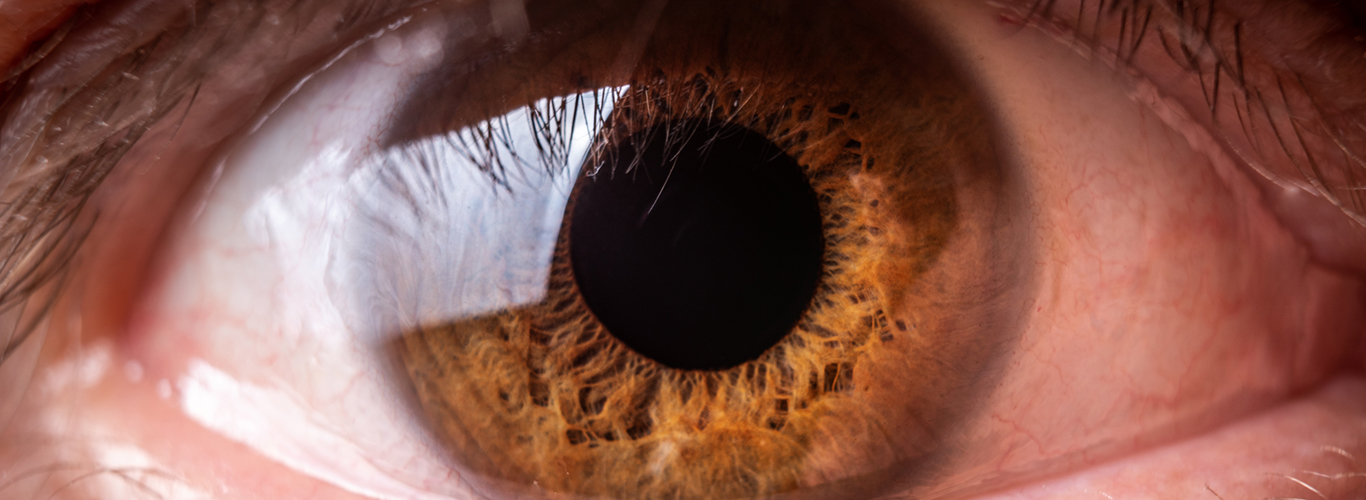


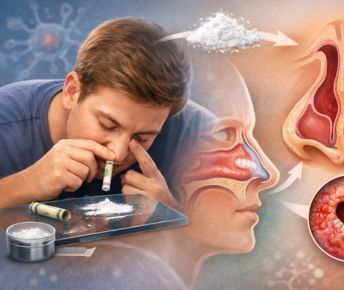


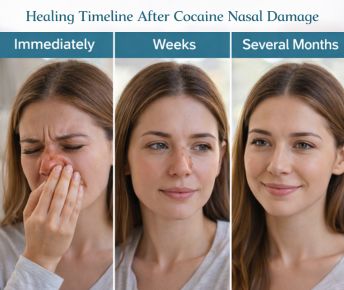









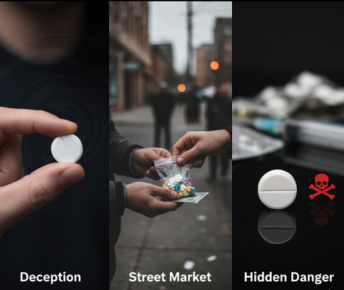



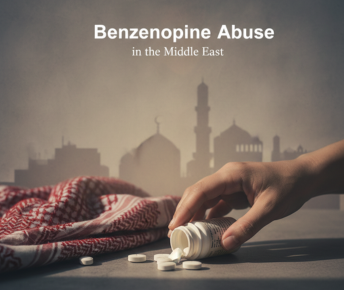
 Yes, many offer serene environments and solid therapeutic frameworks. However, quality varies, so it’s essential to research accreditation, staff credentials, and therapeutic depth.
Yes, many offer serene environments and solid therapeutic frameworks. However, quality varies, so it’s essential to research accreditation, staff credentials, and therapeutic depth.




